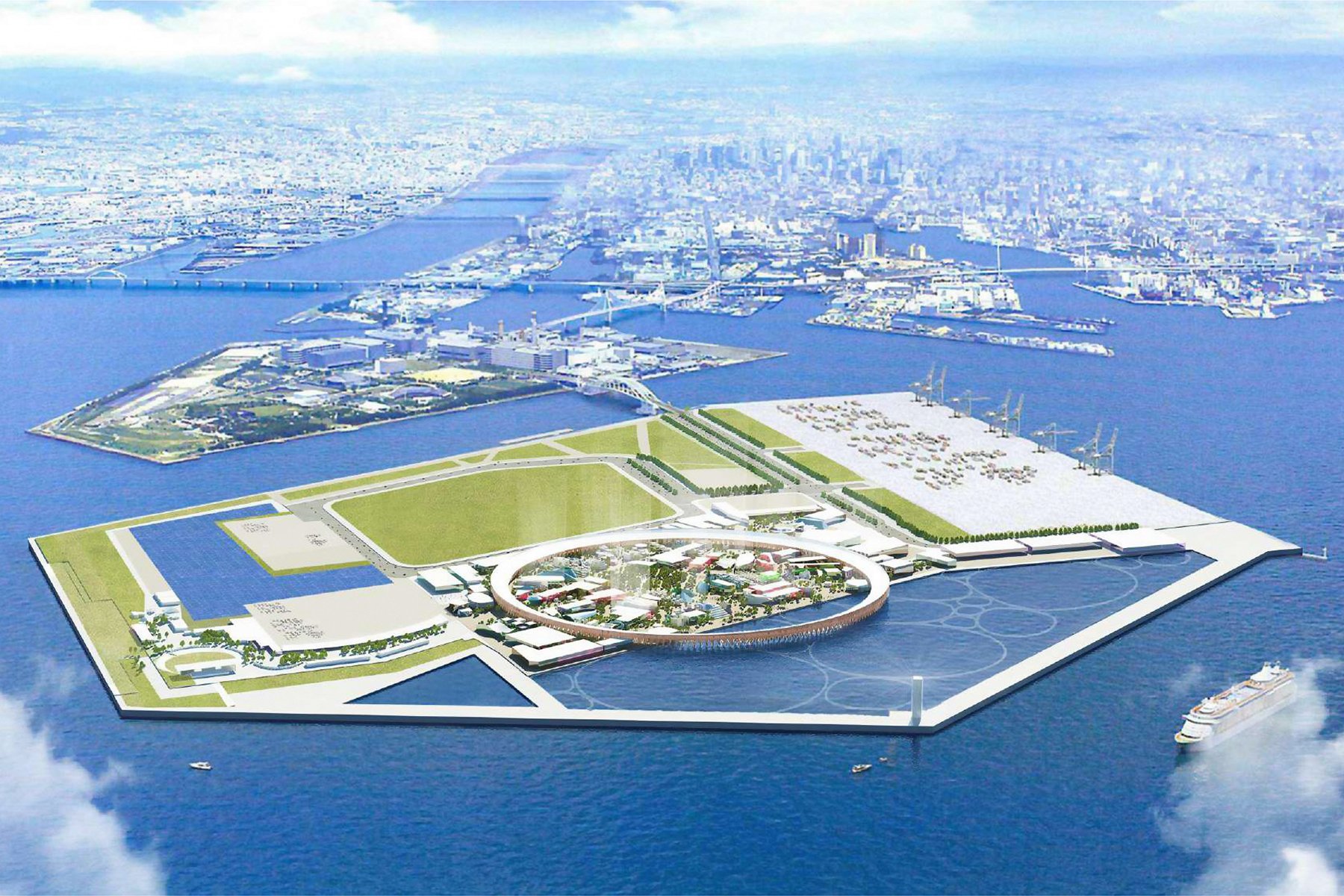Myoryuji: Kanazawa's Ninja Temple

Disguised as a place of worship, this secret samurai outpost makes for a truly unique visit.
Cover photo: The exterior of Myoryuji conceals the temple’s massive size, Kanazawa, Ishikawa Prefecture, Japan (2022). Photo by Danny With Love.
Intro
One of Kanazawa’s most unusual attractions is the three-hundred-and-fifty year-old Myoryuji, better known as the Ninja Temple. Constructed in 1643, Myoryuji — literally the “oddly built temple” — is famous for its unusual architecture.
While ostensibly a place of worship, Ninja-dera differs from the nearly 70 neighboring religious sites of Teramachi (Temple Town) in that it was designed as a secret defensive outpost, equipped with hidden traps, trick doors, secret passages and chambers, as well as a watch tower.
History
Dating back to the Edo period, Myoryuji — alternately spelled Myouryuji — was located in the center of a network of secret military temples established by Lord Maeda Toshitsune to defend Kanazawa Castle from attack.
Japan was first united in the beginning of the 17th century by the military dictator Tokugawa Ieyasu, who established a centralized government in Edo (modern-day Tokyo) in 1603. In fear of the shogunate, Lord Maeda Toshitsune, the third daimyo of Kaga Domain, married a daughter of the Tokugawa clan. He also promoted arts and culture while constructing illegal military outposts.
The Tokugawa Shogunate had banned defensive structures as well as buildings over two-stories high. While Myoryuji appears as a two-story construction, it is in fact four-stories tall, with seven different layers. The building was constructed around a 25-meter-deep (82 feet) well, which is said to connect to Kanazawa Castle by a secret tunnel, though this has never been verified.
Ultimately, the Tokugawa Shogunate presided over 250 years of peace in Japan, a rare feat for a military dictatorship. The Kaga Domain was never attacked and hence Myoryuji stands undamaged today, still serving as a functioning temple of the Nichiren school of Buddhism.
Highlights
While Myoryuji is known as the Ninja Temple, the site has no association with ninjas; the name only refers to the structure’s deceptive architecture. Ninja-dera was a command post for samurai, featuring numerous tricks throughout the labyrinthine building’s 23 rooms, unbelievably connected by 29 different staircases.
The outpost includes several traps, such as “light stairs” through which guards could attack the feet of intruders. Even the temple’s offertory box can be removed, becoming a pitfall of approximately 2.5 meters (8 feet), leading into a concealed room.
Atop the building’s high roof is a watch tower — not open to the public — which offers a view as far as Kaga Plain and could be used to send light signals to Kanazawa Castle to warn of approaching enemies.
The building also includes a dedicated chamber for hara-kiri or seppuku (ritual suicide) with a revolving door that cannot be opened from the inside. However, as the domain was never attacked, the chamber is untouched, and the four tatami (straw mats) remain clean to this day.
While devious, Myoryuji’s clever architecture is also quite stylish. A top floor includes an arched bridge, which — combined with the sounds of the well below — created the illusion of a relaxing riverside. The audience chamber and tea room features a hanging scroll painted by Maeda Toshitsune himself, as well as original kimonos worn by ladies of the Maeda clan.
Access
Entrance inside the building is only available with a guided tour, which costs 1000 yen (approx. $8) per person (700 yen for children). The tour is conducted entirely in Japanese but a binder with English explanations is provided for the duration of the visit.
A reservation by phone is required in advance. Phone number: 076-241-0888. Ask your hotel receptionist or staff at a tourist information center for assistance. I recommend calling the day before to ensure availability.
The tour lasts about 40 minutes. Visitors are requested to arrive ten minutes prior. While photography inside is strictly prohibited, this is a truly unique site that makes for a memorable visit.












